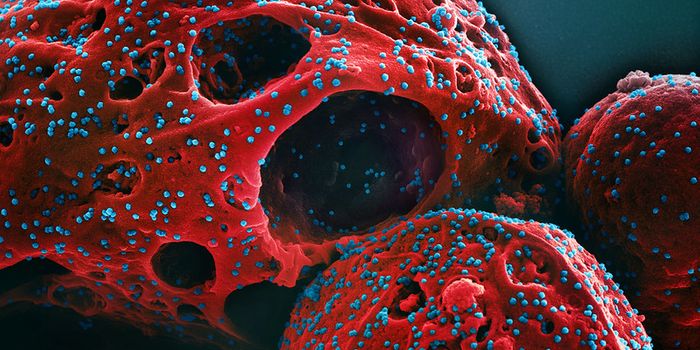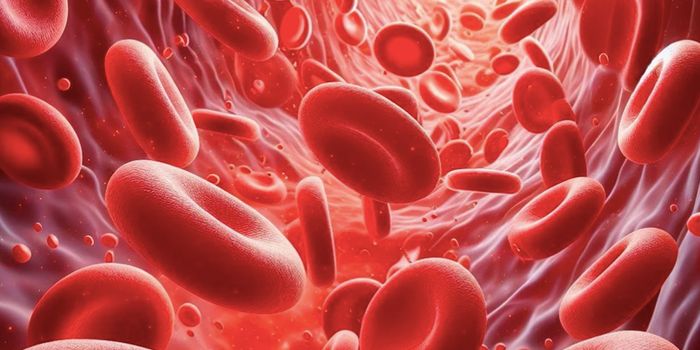Evidence of Resistance to White-Nose Syndrome Appears in Some Bats
A small new study in Scientific Reports from researchers at the University of Michigan suggests that some bats might be able to resist a devastating fungal disease called white-nose syndrome that has destroyed many bat populations in North America. This work focused on little brown bats in northern Michigan, which used to be one of the most common types of bats in the eastern part of North America before white-nose syndrome started affecting them in 2006. They have declined by 90 percent in some cases since then. Tissue samples from wild little brown bats that lived through the diseases were analyzed along with samples from bats that were killed. Genetic differences were identified in genes involved in fat metabolism, echolocation, and arousal from hibernation.
"Because we found differences in genes associated with regulating hibernation and breakdown of fats, it could be that bats that are genetically predisposed to be a little bit fatter or to sleep more deeply are less susceptible to the disease," said the first author of the study, graduate student Giorgia Auteri. "Changes at these genes are suggestive of evolutionary adaptation, given that white-nose syndrome causes bats to arouse with unusual frequency from winter hibernation, contributing to premature depletion of fat reserves."
Thirteen species of bats in North America have been affected by white-nose syndrome, which was introduced to the continent in 2006 and has spread since. Fungal growth occurs around the muzzles and wings of bats that are hibernating.
This work focused on 25 bats that were killed by the disease and nine that survived. The scientists identified three genes that were significantly different in the two groups of bats. There is evidence that rapid natural selection has driven evolutionary adaptation in some bats, suggested Auteri and Knowles.
"The function of one gene we identified hints that summer activities such as hunting via echolocation may be an important determinant of which individuals survive the winter infection period," Auteri said. "This suggests that conservation of summer foraging habitat--not just winter hibernation sites--may promote population recovery in bats affected by white-nose syndrome."
"This apparent adaptation occurred very quickly, involves genes with a variety of functions which likely act across seasons in order to contribute to survivorship, and has taken place despite an observable reduction in genetic diversity associated with population declines," said Knowles, a professor in the Department of Ecology and Evolutionary Biology.
It is too soon to know if the genetic changes that were identified will help the little brown bat survive, said Auteri and Knowles. Recovery would take a long time, as little brown bats only have one pup every year, they added.
"But we're finding the hint that there could be these genetic changes that are occurring that might provide some type of survival in the future," Knowles said. "So as these variants increase, there's some hope that these bats are not all going to die from the disease itself."
A larger follow-up study is planned.
Sources: AAAS/Eurekalert! Via University of Michigan, Scientific Reports








